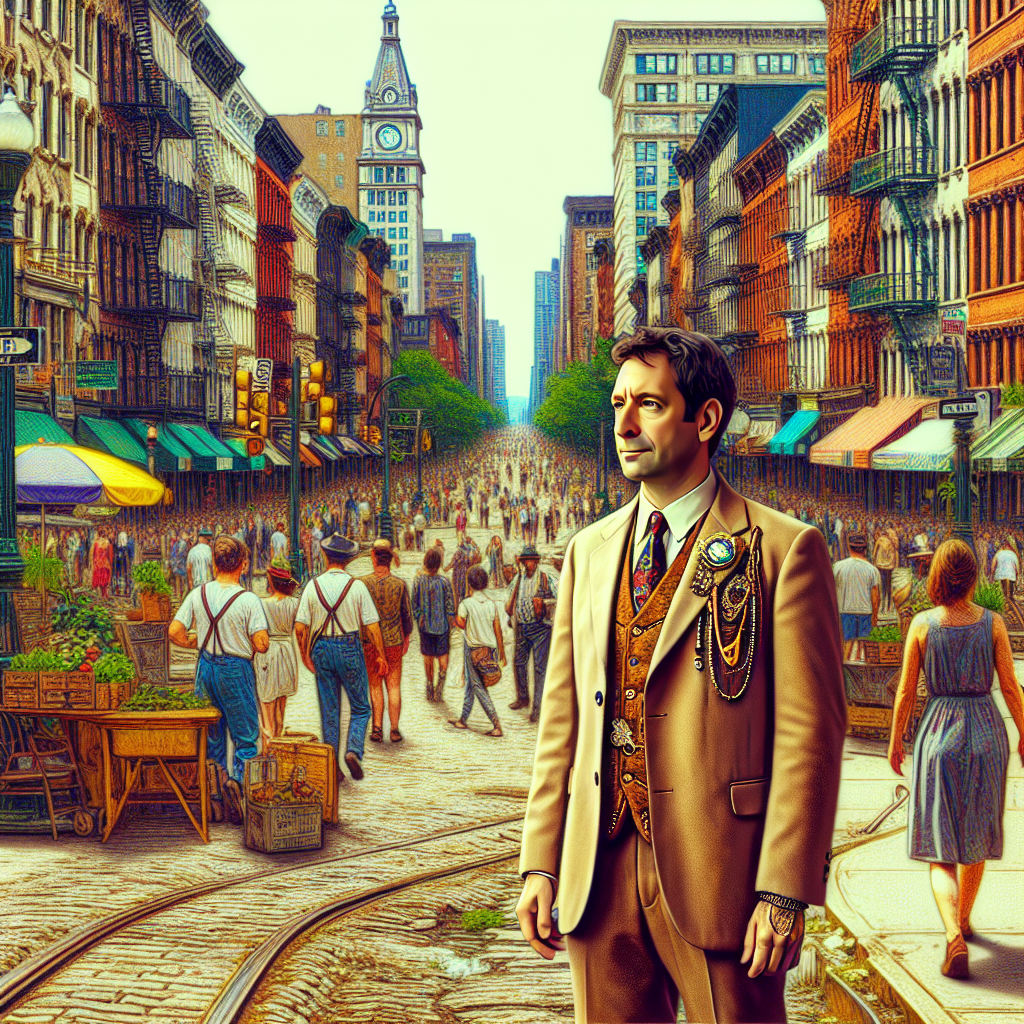If you’ve ever felt a song tug at your heartstrings or experienced how a melody can transport you through time, then you’ll appreciate the vibrant tapestry of music history woven throughout The Mayor of MacDougal Street. Written by Dave Van Ronk and Elijah Wald, this book offers a firsthand account of the rise of folk music in New York during the 1950s and 1960s. With scientific curiosity, Van Ronk, known as a folk music icon himself, shares stories from his own life's adventures, presenting an optimistic view of humanity's musical journey.
An Odyssey Through New York’s Folk Music Scene
Dave Van Ronk was part of the mid-20th century American folk music revival, a pivotal movement that changed the landscape of music culture. But what makes Van Ronk's narration so compelling and relatable is his openness to the wonders and idiosyncrasies of humanity. As you flip through the pages, you’ll find yourself walking down the bustling streets of Greenwich Village, where music, politics, and social change harmonized in a radical symphony of cultural evolution.
Behind the Curtain of Iconic Melodies
Van Ronk captures the essence of a generation both jubilant and turbulent, offering insights not only into the music but also into the political and social dynamics of the era. His voice—which thankfully hasn't been lost to time—remains clear, scientific in its observation, and does not shy away from breaking down the complex intersectionality of art and activism. While his anecdotes may vary from hilarious misadventures to somber reflections, his storytelling remains an optimistic ode to the capacity for change through creativity.
The Vibrancy of Greenwich Village
During the 1950s and 1960s, Greenwich Village was a haven for artists, thinkers, and visionaries. Van Ronk attributes much of his artistic development to the bustling bohemia of MacDougal Street, where cafes and clubs buzzed with raw talent and ideas. His recollections provide an intimate behind-the-scenes look at this breeding ground for innovation—a real-life laboratory where music and passion collided to produce some of the century’s greatest art movements.
The People Who Penned the Era
Van Ronk’s memoir is not only about music but also about the people who molded this vibrant community. Figures like Bob Dylan, Joan Baez, and Joni Mitchell weren’t just names who made it to record labels; they were friends and companions who joined Van Ronk in reshaping the musical dialogue of the times. The book reads like a social experiment—a glimpse at how a network of impassioned individuals created ripples across the world, undoubtedly shaping today's cultural terrain.
Demystifying Complexity: How Music Mirrored Society
What’s fascinating about The Mayor of MacDougal Street is how it breaks down the cause-and-effect relationship between society and art. With the precision of a scientist, Van Ronk illustrates how music responded to social issues—civil rights, war protests, and the push for equality—while also acting as a catalyst for change. His accounts reveal a feedback loop where each performance, protest song, and communal gathering contributed to a growing awareness and unity among people.
A Lyrical Time Capsule of Humanity
Stories from Van Ronk's book do not merely recount historical events but serve as a time capsule capturing the essence of an era when music was not just sound but also a forceful dialogue with society. This encapsulation considers the ever-relevant and hopeful notion that music has the power to influence and reflect human progress, offering lessons that resonate even today.
A Call to Curiosity
Reading The Mayor of MacDougal Street is akin to joining a vibrant conversation about the past and future of musical and social revolutions. It's an invitation from Van Ronk to appreciate complexity and change, delivered with the warmth and curiosity that defined his interactions with friends, enemies, and the world alike. Such perspectives encourage us to ponder our roles in today's cultural and social landscapes, driven by an understanding rooted in history.
Conclusion: Humanity’s Undeterred Melody
If you’re curious about how art shapes society or how historical narratives inform our present and future, then the vibrancy of this memoir will both enlighten and inspire you. Van Ronk's spirited journey through the folk music renaissance of the 1960s offers a reminder of the undeniable link between cultural artistry and societal progress. His scientific optimism demonstrates that even in complexity, understanding, connection, and humanity share a beautiful melody.

